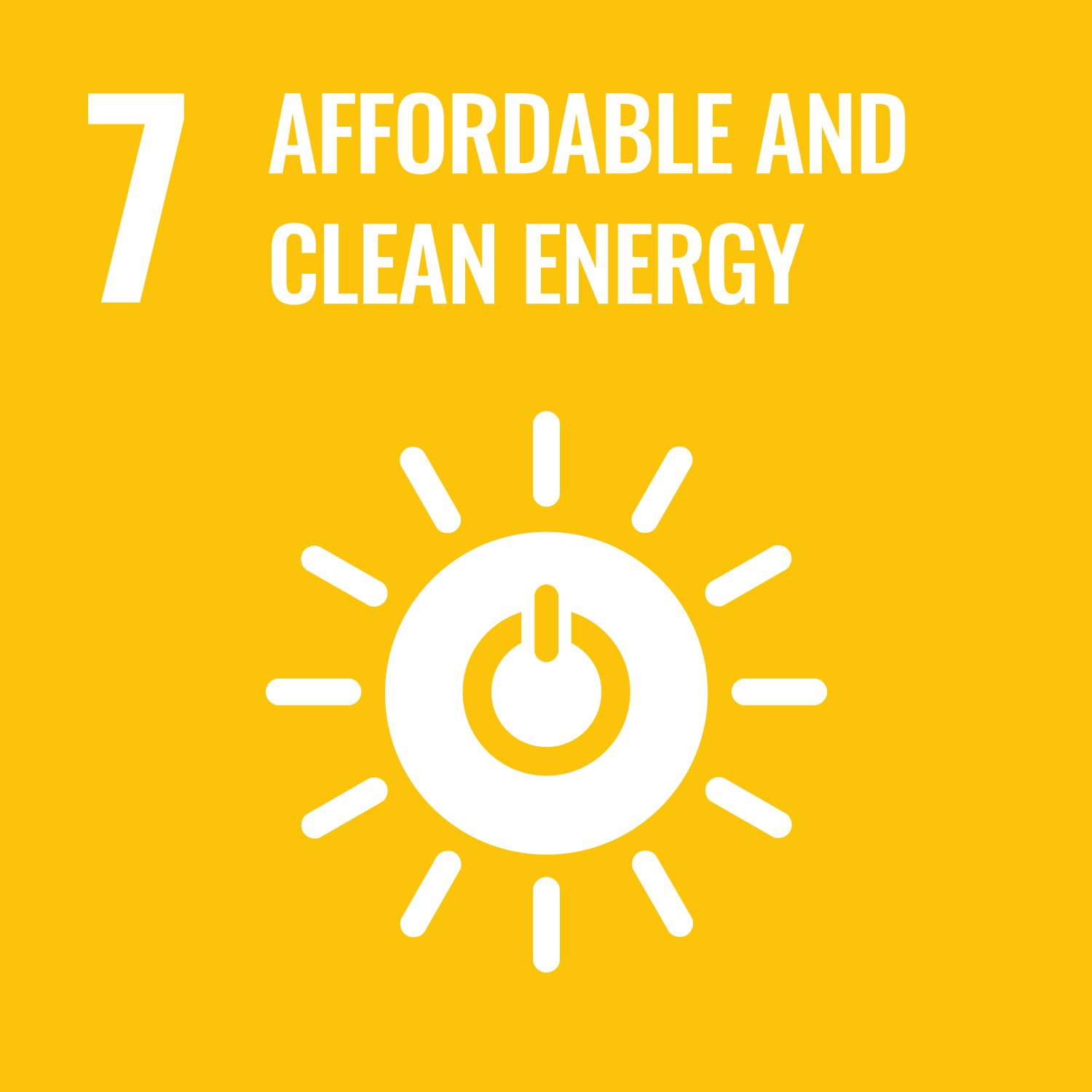Seminar on Mechanical Engineering 2
The curriculum of the Department of Mechanical and Functional Engineering is organized around the three fields of energy,
materials, and information. Mechanical engineering covers a wide range of research subjects, and there are many advanced academic
fields that cannot be dealt with in ordinary lectures and exercises. "Seminar on Mechanical Engineering 1" deals with research
themes based on the highly specialized fields of faculty members of the department. Students select one of the themes presented
by the instructors(Saito, Takasaki, Nakamura, Nagasawa (English-speaking), Yamamoto, Maeda, Tanaka) and carry out the tasks
given in each of the seven lectures.
In "Seminar on Mechanical Engineering 1", students will study research themes based on the advanced specialized fields of
the faculty members of the department, and voluntarily learn methods such as logical thinking, quantification, quantification,
and scientific discovery.
- Students can search the database for academic papers related to the target field.
- Students can logically explain the trends in the objective field from the survey results.
- Students can explain the issues in the objective field based on the quantified data from the survey results.
| Class schedule | HW assignments (Including preparation and review of the class.) | Amount of Time Required | |
|---|---|---|---|
| 1. | Guidance including laboratory introduction | Students should work on issues according to the guidance of the lecturers. | 190minutes |
| 2. | No.7 Characterizations of atomic arrangements in compounds: Professor Toyoto Sato Materials have unique atomic arrangements, of which information leads to identify materials. In addition, atomic arrangements relate with physical properties and functionalities. Therefore, it is important to understand atomic arrangements in material science research fields. In the seminar on Mechanical Engineering 2, our goal is leaning of basic knowledges of atomic arrangements and how atomic arrangements are characterized and related with physical properties and functionalities through lectures and exercises. |
Students should work on issues according to the guidance of the lecturers. | 190minutes |
| 3. | No.8 Energy strategy that Japan should take in the future, Instructor: Professor Hiroyasu Saitoh The Agency for Natural Resources and Energy publishes an annual report on energy (Japan’s Energy White Paper) every year. This document is a detailed report on the energy utilization situation in Japan, and a lot of information on energy can be obtained. In this seminar, based on the contents of this Energy White Paper, we will discuss the energy strategy that Japan should take in relation to the world. It's an extreme assumption, but what would you do if you knew that after 10 years the fossil fuel supply would be completely cut off and the stockpiles would be exhausted? Is it a conversion to hydrogen, ammonia fuel, or renewable energy? Is it full operation of nuclear power generation? |
Students should work on issues according to the guidance of the lecturers. | 190minutes |
| 4. | No.9 Design of Micro Electrostatic Comb Actuator, Instructor: Professor Sumito Nagasawa In this class, we design a micro electrostatic comb actuator which is the most reliable and efficient actuator for the field of Micro-Electro-Mechanical Systems (MEMS). In the small world, the actuator driven by the electrostatic induction becomes stronger than the actuator driven by electromagnetic induction. Since an actuator whose electrode shape is like a comb is easy to design, the micro electrostatic comb actuator is widely utilized in MEMS applications. At first we understand the driving theory and the micro fabrication process of the micro comb actuator, and then design an original comb actuator in each group. Calculate the generation force of the micro comb actuator and drawing its photo fabrication mask using a free layout editor. Select several good designs and fabricate them actually and then evaluate their dynamic characteristics. Schedule: Day 1:Introduction of this class; explanation of the driving principle of the micro electrostatic comb actuator, basis of the micro fabrication processes, make working groups, explanation for report tasks. Day 2:Explanation for types of the micro actuator and design methods for the micro comb actuator. Day 3:Explanation of usage of the layout editor. Discuss the original concept of the micro comb actuator. Day 4:Presentation of the article survey in each student. Day 5:Discuss the fabrication mask layout of the micro comb actuator. Day 6:Draw the fabrication mask layout and make a report of calculation for the micro comb actuator. Day 7:Presentation about the original micro comb actuator in each group. |
Students should work on issues according to the guidance of the lecturers. | 190minutes |
| 5. | No.10 Programming in line with object-oriented (second half), Instructor: Professor Shingo Nakamura As computers advance, the software running on them is also becoming more complex. In recent years, due to its complexity, object-oriented programming has become indispensable for maintainability such as flexible response to code change and code reuse in large-scale programs. Object-oriented programming is similar to making things in the real world. Create new, more complex and more practical things by combining "objects". In this seminar, students will learn how to make things in software through object-oriented programming. |
Students should work on issues according to the guidance of the lecturers. | 190minutes |
| 6. | No.11 Thinking about solar heat utilization and cooling technology, Instructor: Professor Kotaro Tanaka We will investigate the storage and conversion technology of low temperature energy by utilizing solar heat, and the technology of cooling things. Learn the principles and characteristics of various methods. In addition, select the one that can be actually tested and confirm the specific operation. In addition, you will learn about recycling, feedback on design, and LCA (life cycle assessment), which will be necessary for the future energy-saving society. |
Students should work on issues according to the guidance of the lecturers. | 190minutes |
| 7. | No.12 (in preparation), Instructor: Professor Shinya Yoshida | Students should work on issues according to the guidance of the lecturers. | 190minutes |
| Total. | - | - | 1330minutes |
| Outcomes / Presentation | Total. | |
|---|---|---|
| 1. | 40% | 40% |
| 2. | 30% | 30% |
| 3. | 30% | 30% |
| Total. | 100% | - |
The following items are evaluated based on deliverables and presentations regarding work and efforts to tackle issues.
(1) Research ability for the objective research field: Out of 40 points
(2) Ability to explain logically: Out of 30 points
(3) Ability to analyze data: Out of 30 points
A total of 60 points or more is passed (out of 100 points).
(1) Research ability for the objective research field: Out of 40 points
(2) Ability to explain logically: Out of 30 points
(3) Ability to analyze data: Out of 30 points
A total of 60 points or more is passed (out of 100 points).
Each lecturer prepares materials and gives instructions as appropriate.
A thorough review of mechanical mechanics, strength of materials, thermodynamics, and fluid mechanics required for mechanical
engineering.
- Office hour for each lecturer is specified on Scomb.
- Course that cultivates an ability for utilizing knowledge
- Course that cultivates a basic interpersonal skills
- Course that cultivates a basic self-management skills
- Course that cultivates a basic problem-solving skills
| Work experience | Work experience and relevance to the course content if applicable |
|---|---|
| N/A | N/A |




- 3.GOOD HEALTH AND WELL-BEING
- 7.AFFORDABLE AND CLEAN ENERGY
- 9.INDUSTRY, INNOVATION AND INFRASTRUCTURE
- 12.RESPONSIBLE CONSUMPTION & PRODUCTION
Last modified : Sat Sep 09 05:46:52 JST 2023
